Key figures from each side of the partnership between Formula E team Jaguar TCS Racing and global materials science company Dow tell us what makes their collaboration around innovation and sustainability so productive
What defines a successful partnership between two organisations? Aligned values, objectives and leadership all fall under this umbrella, but what specifically for a sports team and partner company collaborating around sustainability?
Carlos Padilla II, head of global sports partnerships at Dow, believes that innovation, inclusion, customer centricity, and sustainability are all core pillars of the Michigan-based materials science company that can be aligned with sports teams.
More specifically, motorsports teams.
That is why Dow have been the official materials science partner of Formula E team Jaguar TCS Racing since 2021. As an official manufacturer team, Jaguar TCS Racing designs its own powertrain, including the motor, transmission, inverter, and rear suspension, but it takes more than that to push the boundaries of electric car performance.
Dow – operating in 31 countries and employing approximately 36,000 people – used the occasion of Jaguar’s 100th Formula E race in Tokyo at the end of March to announce the extension of their partnership, hosting a ‘Future of Mobility’ Forum in conjunction with the race. The event with fellow industry stakeholders covered circularity, the industry’s collective transition to EVs (electric vehicles), as well as keeping pace with regulatory demands.

“This partnership is about so much more than a logo on a car – it’s about innovation and is rooted in shared vision and values,” James Barclay, Jaguar TCS Racing team principal and managing director of Jaguar Land Rover Motorsport, tells The Sustainability Report. “We have a mutual passion for advancing sustainable technologies for future EV mobility that drives us to collaboratively innovate.”
In fact, Dow and Jaguar TCS Racing were shortlisted for motorsport magazine Autosport’s inaugural Brand Partnership of the Year award in 2023, and the results on track show why. After finishing 2nd in last season’s constructors’ championship – the team’s best finish in its 8th Formula E season – Jaguar regularly contend for race wins. The drivers, Kiwis and long-term friends Nick Cassidy and Mitch Evans, sit 4th and 7th respectively in the the Driver’s Championship, with Cassidy boasting a win and two 3rd place finishes, while Evans best result is 2nd.
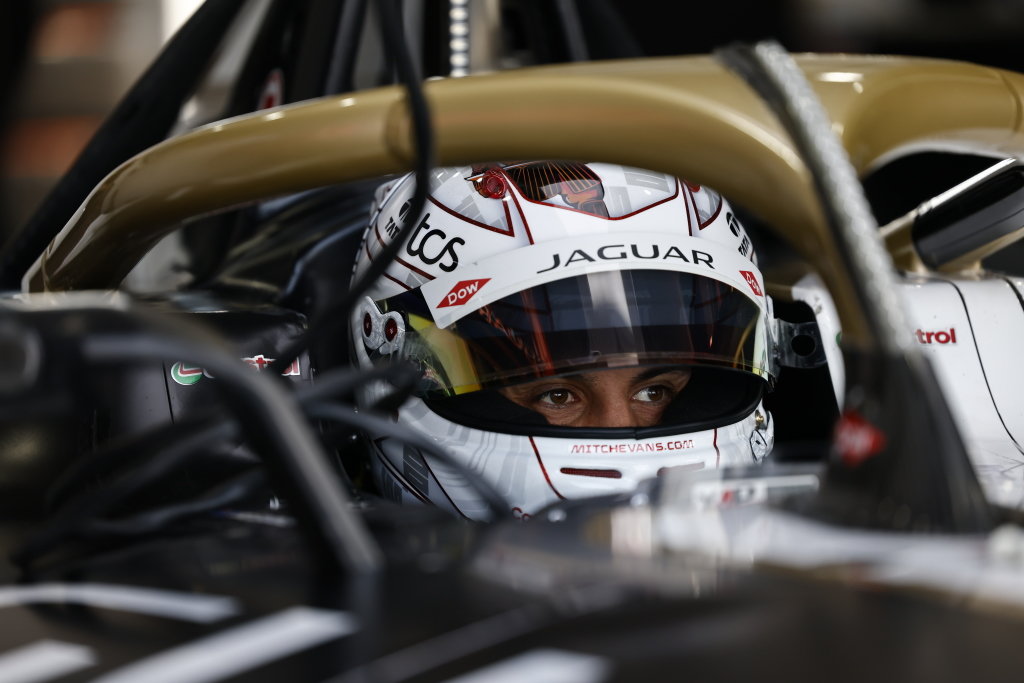
Cassidy finished 2nd in last season’s standings for sister team Envision Racing – which also uses Jaguar technology – leaving his sights set on the top step in 2024; Jaguar have the same ambition in the Teams’ Championship and sit top of the standings at time of writing.
Describing how Dow began to prioritise e-mobility when initial collaborations with Jaguar began in 2020, Padilla II asserts that a key reason behind identifying Jaguar TCS Racing as an ideal fit compared to other Formula E teams was their original equipment manufacturer (OEM) ownership status.
This has implications beyond the track. 10 years after Jaguar’s entry to Formula E, the brand is set to become all-electric from 2025. That means all EV innovations Dow have helped Jaguar TCS Racing ro develop can be shared and used across Jaguar Land Rover’s road car development. “It’s taking the key learnings at the track and then bringing them to the more commercial side of their business,” explains Padilla II.
This includes technology affecting thermal management, adhesion, and electromagnetic interference. Thermal management in Jaguar TCS Racing’s I-Type 6 powertrain, for example, is regulated through an innovative water coolant alternative. The latest Gen3 Formula E cars deploy up to 350kW of energy and reach speeds of 200mph, but this means they produce more heat than previous generations.
“Maintaining batteries and electronic devices within their optimal temperature window is critical for both safety and performance,” describes John McKeen, technical director of Dow MobilityScience. “In the case of batteries, if the cells are too cold, battery performance and vehicle range reduce; too hot and the battery cells start to degrade, shortening battery life. In the case of electronics, much like in your computer, if the processor gets too hot, it will be damaged.”
To remedy this, Dow have developed thermally conductive materials that keep batteries and electronic components operating within their optimal temperature window.
“Think of hovering your hand just over the surface of an ice cube versus pushing your hand onto the surface of an ice cube,” McKeen continues. “Clearly, the latter situation feels colder and would cause the ice cube to melt faster. The thermally conductive materials do the same thing for electronic devices and battery cells – they literally fill the space between your hand and the ice cube with something that is pliable and conducts heat quickly.”
Communication between Jaguar and Dow is undeniably essential, but such close cooperation doesn’t always require “a fixed cadence”, as Padilla II describes: “We certainly have more formal discussions throughout the year, but most things happen more fluidly.”
Padilla II adds that aligning R&D teams of the two organisations, utilising the “competitive testbed environment” of Formula E to generate a “proving ground”, means that innovative EV solutions can be developed faster, which Barclay says will “accelerate Dow’s ability to bring innovations to the market and unlock new levels of sustainability and performance for automotive customers around the world.”
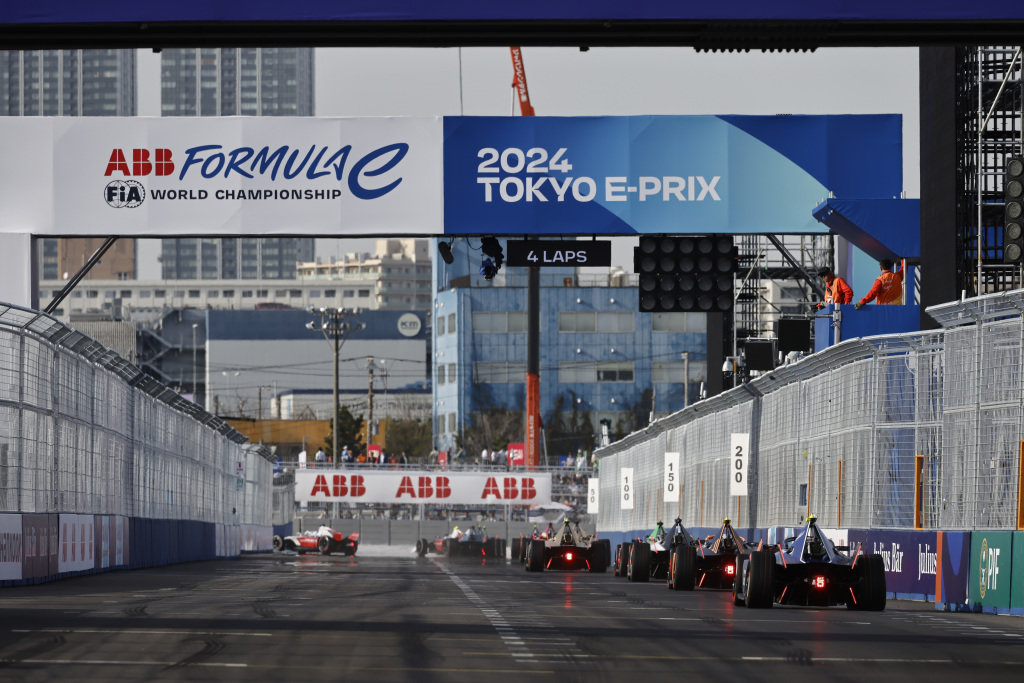
Whether Dow’s innovations can help propel Jaguar TCS Racing to 1st in both the Drivers’ and Teams’ Championship this season, this spill-over from track to road will undoubtedly mark the partnership as a success. Utilising sport as a “competitive testbed environment” and “proving ground” for innovations that don’t just apply to sports themselves, but elsewhere in society, underscore the most ambitious sustainability-centred partnerships in the sector.
“Partnerships like this one are incredible vehicles for change,” remarks Barclay. “We have already learned so much from each other and we’re excited to see what else we can accomplish together in the coming years.”
(Photos by Andrew Ferraro / LAT Images)
Opt into our weekly newsletter for exclusive content focused on sustainability strategy, communication and leadership for sport’s ecosystem.

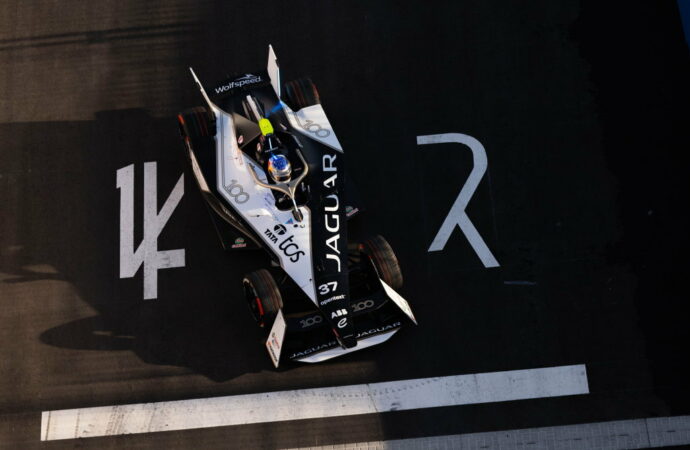


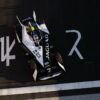

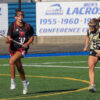
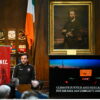


Leave a Comment
Your email address will not be published. Required fields are marked with *